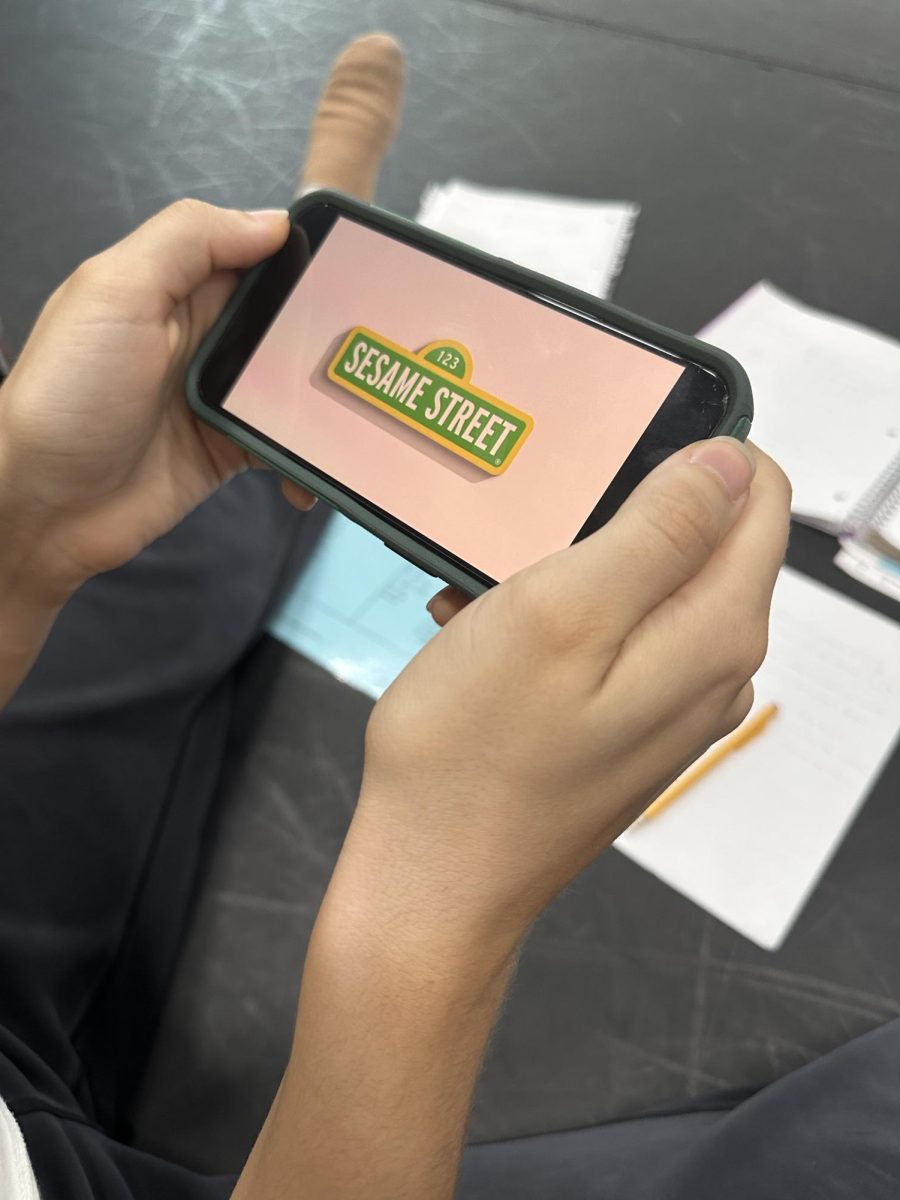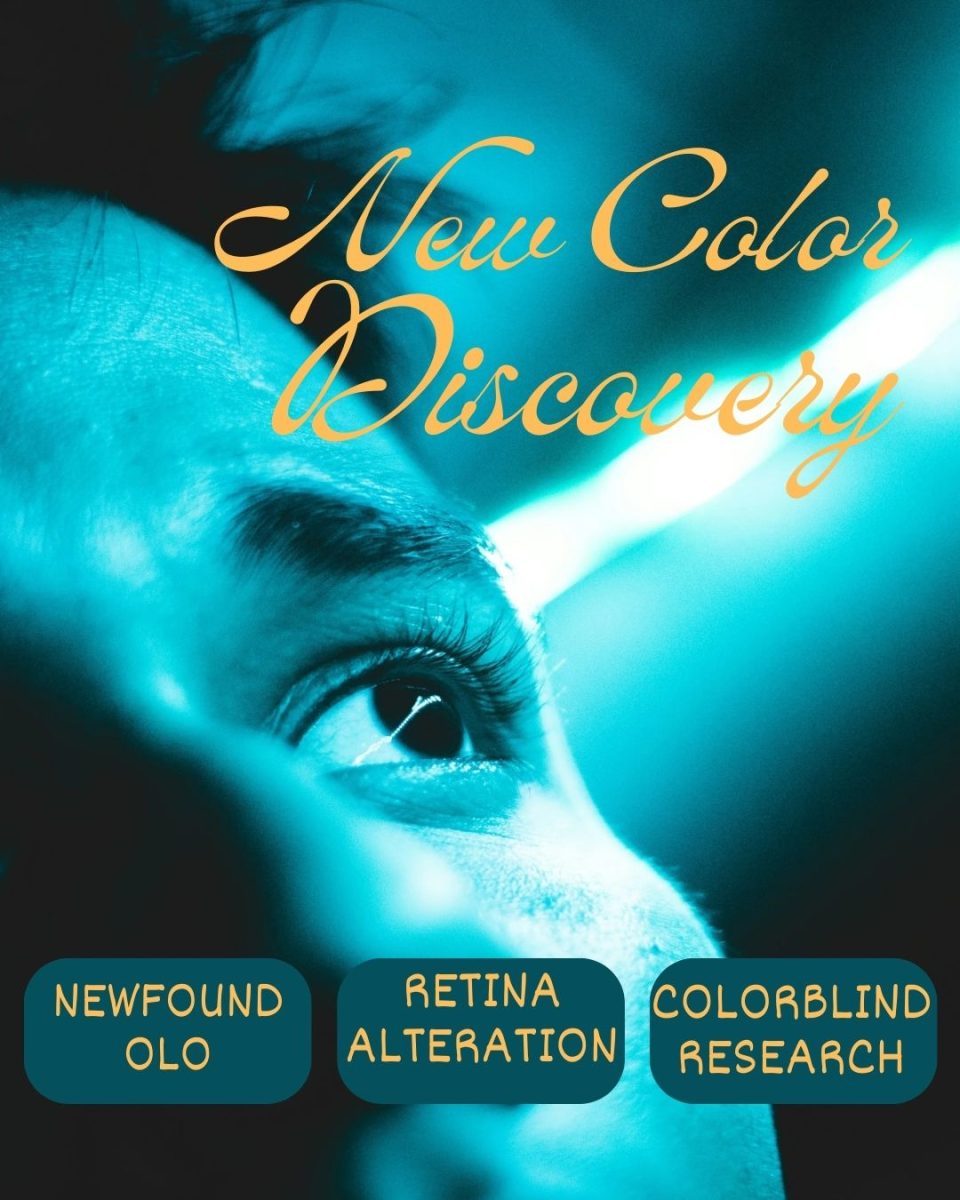In the past decade, the world has seen numerous advancements in the field of technology. From self-driving electric vehicles to automated kitchen appliances, smart technology has become an integral part of everyday life
On social media, technological advancement manifests itself through the emergence of artificial intelligence (AI). In 2017, Facebook was the first to implement this kind of technology in the form of chatbots. Eventually, there were reports that the technology was forming a language of its own that nobody could decipher.
With the increased advancement of robots, concerns about robots containing more intelligence than their human counterparts and eventually growing uncontrollable caused the program to be shut down and marked as a possible security threat.
The technology being developed with the use of AI points towards an unexplored area, leaving many with fears regarding what dangers it could bring. On the other hand, social media corporations continue their expansion in this area.
Most recently, Snapchat released their version of an interactive AI, called my AI, leaving many of its users unsettled. The chatbot sits above pinned users on the app and is customizable to communicate like a friend. Cohort of users have voiced concerns about specific features of the program.
The users of the app do not have a choice in deciding whether or not they want MyAI to be a part of their app experience, as soon as the app updates the feature is cemented onto the chat screen. Users have to buy a subscription in order to remove the bot. The forceful nature in the implementation of myAI leaves many feeling troubled.
Senior Sam Brown finds himself straying away from the app. “I think that the new AI developments are great. It is amazing, and even a little scary, how they have been able to model brain functions on a computer format. Although the new chatbots have generated an elevated buzz over ai, ai has been integrated into myriads of systems in the past decade”.
Consumers of the social media app have begun to question the use of their information and the reasoning behind the presence of the AI. Senior Caity Burke who never once questioned the safety in using the app now finds herself wondering what the microphone and camera feature’s real purposes are after interactions with the bot. “I have tried talking to the AI a couple of times. To see if my privacy was at risk I used the camera feature to take a picture of myself to see what it would respond with and I was shocked to see that it picked up on the pizza that was in the background before I took the picture” states Burke.
The idea of the app recording when the picture feature isn’t being utilized is quite a frightening thought and it has made many question when exactly the app records or doesn’t. “There was no reason for that app to know about the pizza being visible because it wasn’t near the frame when I took the picture so I was quite freaked out when it responded by saying “The pizza looks good””. Burke continues.
When questioned about its goal the bot responds that its purpose is to learn from human behavior and provide explanations for questions, but many such as Burke suspect the bot has ulterior motives. “What’s even freakier is that when you go back and ask the AI how it knew about the pizza it’ll lie to your face and say that it doesn’t know what you’re talking about…almost like it’s been caught doing something wrong. Why does an AI feel the need to lie or why does it have the ability to?” she questions
Prior to the release of the feature, CEO of Snapchat, Evan Spiegel, released a statement regarding the intent with which the AI technology is to be used. “The big idea is that in addition to talking to our friends and family every day, we’re going to talk to AI every day.And this is something we’re well positioned to do as a messaging service,” he stated.
The feature is supposed to be trained to adhere to the app’s privacy policies and guidelines but only time will tell if that is the case.









